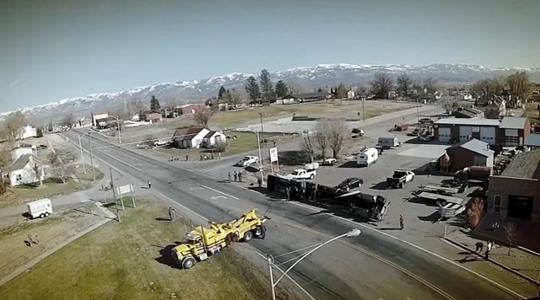What Is an Electronic On Board Recorder?
Importance of EOBRs, EDRs, & the "Black Box"
There are several ways to prove that driver or employer negligence contributed to an accident—including information from an electronic on-board recorder (EOBR) and the event data recorder (EDR), or the "black box" of a truck. These devices log a driver's hours and record the events before, during, and after an accident so that the employer or insurance company can access the records at a later time. Without an experienced Houston trucking accident attorney, it will be impossible to get your hands on this data and use it to your advantage after being involved in an accident. However, with a skilled accident lawyer by your side, you may be able to use this information and hold the truck driver and insurance company accountable for damages and injuries caused.
Proposed Legal Requirements for EOBRs
A rule was planned to go into effect in June 2012 that would have required carriers with a history of abusing driver hour limitations to install EOBRs. This rule would have affected a small proportion of trucking companies—approximately 1% of carriers. Though the rule was meant to protect truck drivers and other motorists, the Owner-Operator Independent Drivers Association had concerns it would open the door to driver harassment by giving trucking companies a new way to carefully monitor their employees in order to pressure them into driving more.
Ultimately, the U.S. Court of Appeals for the Seventh Circuit struck down the proposed rule.
This ruling comes as a severe blow to the FMCSA, which had proposed new regulations in 2011 that would have required truck and bus companies to install EOBRs in order to monitor commercial drivers. The proposal was meant to make highways safer by ensuring that all trucking companies were properly tracking truck drivers' time.
How Would EOBRs Help with Truck Driver Fatigue?
Currently, truck drivers are required to record their hours driven in written logbooks that are later reviewed by inspectors; however, these books are so commonly (and easily) forged, that many truck drivers refer to them as "comic books." Some truckers have adopted the practice of keeping two separate logbooks—one with falsified information they show inspectors and one with the actual numbers. In fact, an astonishing 1/3 of all interviewed drivers stated that they have either often or sometimes omitted hours from their logbooks.
This could be easily combated were EOBRs required on all trucks as it would be not be simply to forge the data. Then, instead of relying on the integrity and honesty of the truck driver, hours-of-service would be monitored automatically by the on-board device. In 2006, Europe began the practice of requiring EOBR use.
Collecting Data from the Electronic Control Models
Most data used in truck accident cases is found in the electronic control models (ECM). Almost all modern big rigs wheelers have an ECM in their vehicle. This will amass downloadable data that can be deciphered in almost any case. The ECM contains evidence to prove the truck's average speed, the percent of times it traveled between 65 and 71 mph, and the percent of times it sped over 71 mph. It can also determine the highest speed it moved.
The ECM was created to hold drivers accountable and emphasize road safety. This is because many drivers are concerned about saving fuel or complying with maintenance regulations, but fail to prioritize safety. When data on the ECM reveals a driver has dangerous driving habits that resulted in a crash, and the trucking line continued to use that driver anyway, then you may have the right to prove negligence on part of the trucking company, rather than suing the individual driver. Negligence of this type can become a large factor in the outcome of your case.
